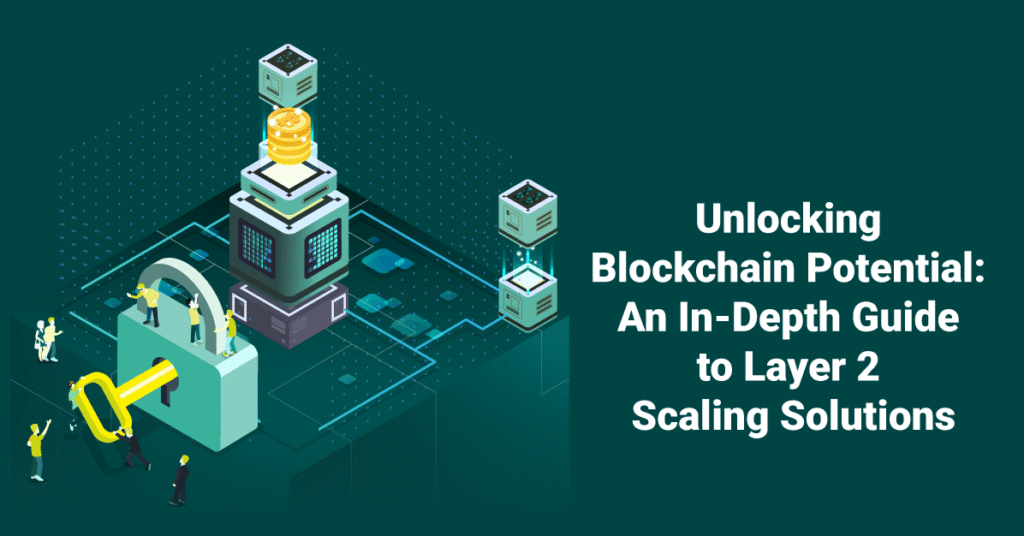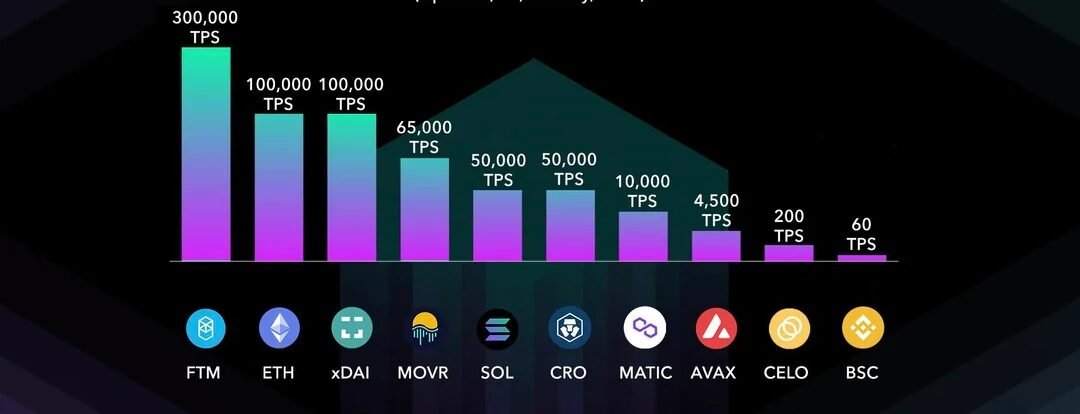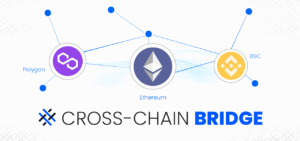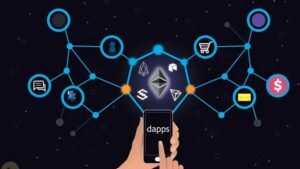Blockchain networks like Ethereum and Bitcoin are secure and decentralized, but they often struggle with slow transaction speeds and high fees, especially during peak usage. For developers building decentralized apps (DApps), optimizing transaction speed is critical to delivering a smooth user experience. This beginner-friendly guide explores practical techniques to make your blockchain transactions faster, from smart contract design to layer-2 solutions. Let’s dive in!
Why Blockchain Transaction Speeds Matter
Slow transactions can frustrate users and limit blockchain adoption. For example, Ethereum can process ~15 transactions per second (TPS), compared to Visa’s ~24,000 TPS. Slow speeds lead to:
- High Gas Fees: Congestion drives up costs, making DApps expensive.
- Poor User Experience: Delays in DeFi trades or NFT minting deter users.
- Scalability Issues: Networks struggle to handle growing demand.
Optimizing transaction speeds ensures your DApp is fast, affordable, and competitive.
Understanding Blockchain Speed Bottlenecks
Before optimizing, let’s identify why blockchains are slow:
- Consensus Mechanisms: Proof-of-Work (PoW) or Proof-of-Stake (PoS) requires time to validate transactions.
- Full Node Processing: Every node processes every transaction, creating a bottleneck.
- Block Size/Time: Limited block sizes and fixed block times (e.g., Ethereum’s ~12 seconds) cap throughput.
With these in mind, let’s explore optimization techniques.
Techniques to Optimize Transaction Speeds
Developers can boost transaction speeds using a mix of layer-1 (on-chain) and layer-2 (off-chain) solutions, along with smart contract optimizations. Here’s how to do it.
1. Optimize Smart Contracts
Inefficient smart contracts consume more gas and slow down transactions. Optimize your Solidity code with these tips:
- Use Mappings, Not Arrays: Mappings are gas-efficient for data lookups compared to arrays.
- Minimize Storage Operations: Writing to storage is costly; cache data in memory when possible.
- Avoid Loops: Unbounded loops can exceed gas limits; use fixed iterations or off-chain computation.
Example: Replace an array-based lookup with a mapping:
// SPDX-License-Identifier: MIT
pragma solidity ^0.8.0;
contract OptimizedContract {
mapping(address => uint256) public balances; // Gas-efficient
function updateBalance(address user, uint256 amount) public {
balances[user] = amount; // Direct access, no loop
}
}
Test gas usage with tools like Hardhat to ensure efficiency.
2. Leverage Layer-2 Solutions
Layer-2 solutions process transactions off-chain while settling them on the main blockchain (layer-1), drastically improving speed. Popular options include:
- Rollups: Optimistic Rollups (e.g., Arbitrum) and ZK-Rollups (e.g., zkSync) bundle transactions off-chain and submit proofs to layer-1, achieving thousands of TPS.
- State Channels: Enable private, off-chain transactions (e.g., Lightning Network for Bitcoin) with final settlement on-chain.
- Sidechains: Independent blockchains like Polygon process transactions quickly and sync with layer-1.
Example: Deploy your DApp on Arbitrum using its SDK. Learn more at developer.arbitrum.io.

3. Implement Sharding
Sharding splits a blockchain into smaller “shards,” each processing its own transactions in parallel. Ethereum is adopting sharding to boost scalability.
How to Use: If building a custom blockchain, design it with sharding in mind, assigning nodes to specific shards. For Ethereum DApps, prepare for sharding by optimizing cross-shard transactions. Learn about Ethereum’s sharding at ethereum.org.
4. Adjust Gas Prices Dynamically
High gas prices prioritize transactions during network congestion, speeding them up. Developers can integrate dynamic gas pricing in DApps to let users choose speed vs. cost.
Example: Use Ethers.js to estimate gas prices:
const ethers = require('ethers');
const provider = new ethers.JsonRpcProvider('https://sepolia.infura.io/v3/YOUR_API_KEY');
async function sendTransaction() {
const wallet = new ethers.Wallet('YOUR_PRIVATE_KEY', provider);
const gasPrice = await provider.getFeeData();
const tx = await wallet.sendTransaction({
to: '0xRecipientAddress',
value: ethers.parseEther('0.01'),
gasPrice: gasPrice.gasPrice
});
await tx.wait();
console.log('Transaction confirmed');
}
Integrate gas estimation APIs like Alchemy to suggest optimal gas prices to users.
5. Use Efficient Consensus Mechanisms
Proof-of-Stake (PoS) is faster and more scalable than Proof-of-Work (PoW). If building a custom blockchain, opt for PoS or a variant like Delegated Proof-of-Stake (DPoS).
Example: Ethereum’s PoS achieves faster block times (~12 seconds) than Bitcoin’s PoW (~10 minutes). Study PoS implementation at cosmos.network for inspiration.
Testing and Monitoring Transaction Speeds
To ensure your optimizations work, test and monitor transaction performance:
- Local Testing: Use Ganache to simulate transactions and measure latency.
- Testnets: Deploy on Sepolia or Goerli to test real-world conditions. Get test ETH from sepoliafaucet.com.
- Monitoring Tools: Use Alchemy or Infura to track transaction times and gas costs.
Regular testing helps you fine-tune your DApp for speed.
Benefits of Faster Transactions
Optimizing transaction speeds offers several advantages:
- Enhanced User Experience: Fast DApps attract and retain users.
- Lower Costs: Efficient transactions reduce gas fees.
- Competitive Edge: Speedy DApps stand out in crowded markets like DeFi and NFTs.
Your users will thank you for a seamless blockchain experience.
Challenges to Consider
Optimization isn’t without hurdles:
- Complexity: Layer-2 solutions and sharding add development complexity.
- Security Trade-Offs: Sidechains or poorly optimized contracts may introduce vulnerabilities.
- Network Dependency: Layer-2 solutions rely on layer-1 security and availability.
Address these by auditing contracts with tools like MythX and testing thoroughly.
Next Steps for Developers
You’re now equipped to optimize blockchain transaction speeds! Here’s how to keep improving:
- Explore Layer-2: Build a DApp on Optimism or zkSync to master rollups.
- Learn Sharding: Study Ethereum’s sharding roadmap at ethereum.org.
- Optimize Further: Experiment with gasless transactions using meta-transactions.
- Join Communities: Connect with developers on Ethereum Stack Exchange or Arbitrum’s Discord.
Keep experimenting to create lightning-fast DApps.
Conclusion
Optimizing blockchain transaction speeds is essential for building user-friendly DApps. By optimizing smart contracts, leveraging layer-2 solutions, implementing sharding, adjusting gas prices, and choosing efficient consensus mechanisms, you can make your DApp faster and more affordable. Start applying these techniques today, and share your optimization tips in the comments below!






















